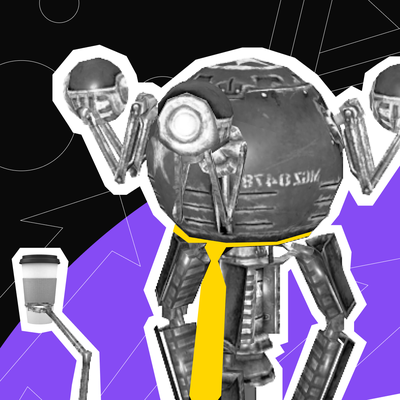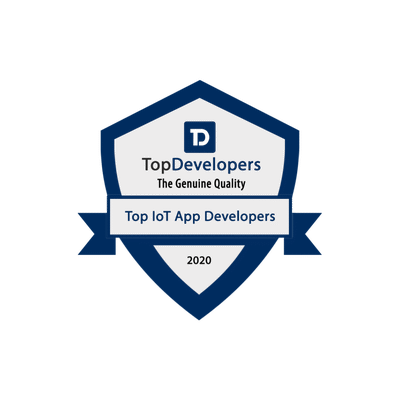Table of Content

Creating an MVP is all about focusing on a single core idea without any unnecessary bells and whistles. This approach is rooted in the lean startup ideology, aiming to develop the right product within a limited budget and timeframe. Including high-priority yet minimal features can help cut down MVP costs while allowing for testing with minimal risk.
What Exactly is an MVP?
MVP stands for Minimum Viable Product. It’s the simplest version of your product that contains essential features. The purpose of an MVP is to accelerate time-to-market, attract early adopters, and achieve product-market fit from the outset. An MVP has just the basics, focusing only on the functionalities that showcase your product.
Why Choose the MVP Approach?
- Real-Life Insight: It’s based on practical experience.
- Resource Efficiency: Saves time and money.
- Problem Solving: Addresses a specific user problem.
- User Feedback: Gathers input from loyal customers.
- Product Evaluation: Assesses product development viability.
Building an MVP requires striking the right balance between your business offerings and actual user needs. The MVP’s primary role is to validate hypotheses while minimizing errors. It’s a tool for collecting high-quality feedback from targeted user groups.
Getting Started with MVP Development
- Initial Consultation: Reach out to our manager and introduce your idea and project.
- Technical Specification: Collaboratively create a technical specification based on your ideas, hypotheses, and our team’s capabilities. We’ll evaluate the project’s scope, risks, and costs once we have all the details.
- Engineering Phase: Our developers will begin building the MVP and designing the user flow. This involves mapping out the user’s journey to ensure a seamless experience. Identify and prioritize key functions that directly solve user problems.
- Concept Design: Designers will draft a concept for your input. This visual representation is crucial for guiding the development process and aligning on the product’s visual direction.
- Feedback Collection: Testing and quizzes are conducted to gather user feedback. MVP offers invaluable insights that drive further development.
- Testing Continues: Throughout development, MVP undergoes continuous testing. Alpha testing can involve internal teams, while beta testing might require external users.
- Launch: Launching the MVP provides valuable data – statistics, behavior patterns, and user reviews. This data-driven approach informs future development strategies.
Examples of Successful MVPs
-
Dropbox: Drew Houston, Dropbox’s co-founder and CEO, utilized a video to effectively present the MVP before the product launch. The video garnered extensive views and comments, resulting in 70,000 email addresses from potential users in a single day. This validated the product’s potential and paved the way for its launch.
-
Spotify: As a 2006 startup, Spotify’s assumptions were tested by placing the MVP in the hands of real users. This prototype demonstrated user interest, which helped secure support from music labels and investors.
With these insights, you’re now equipped to embark on your MVP development journey. Remember, it doesn’t need to be perfect – follow these steps and strategies to create an MVP that kickstarts your product’s success.


